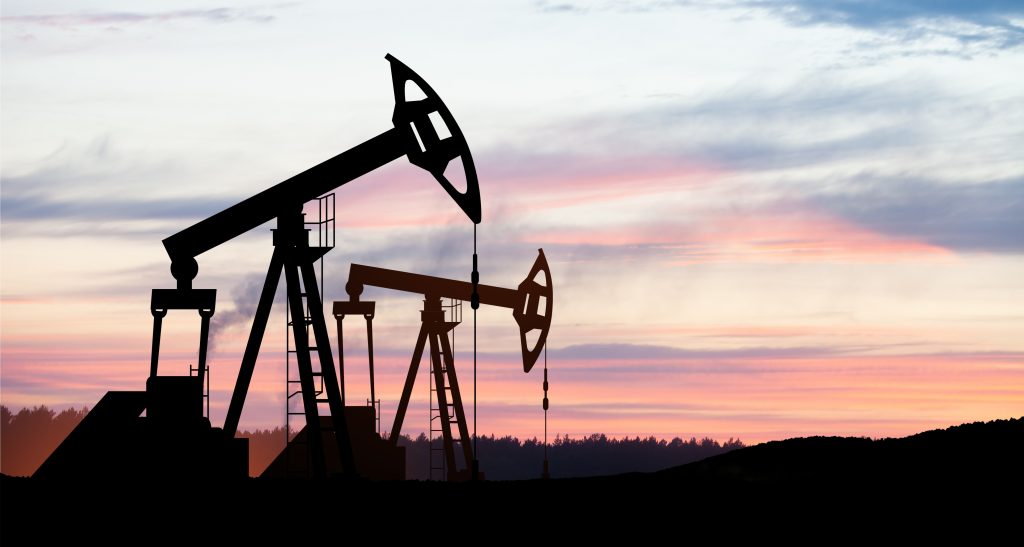In a recent report, Saudi Arabia’s crude oil exports reached a four-month peak, with a daily volume of 6.3 million barrels in October. This surge represents a significant 9.44 percent increase from the prior month, according to data from the Joint Organizations Data Initiative.
This rise in exports accounts for 70.44 percent of the nation’s total production, the highest share recorded in the past seven months. Despite this increase in exports, Saudi Arabia’s crude production saw a slight dip of 35,000 barrels per day in the same month, settling at 8.94 million barrels per day, a modest 0.39 percent decrease from September’s figures.
Saudi Arabia has extended its voluntary crude output reductions, initially set at 1 million barrels per day, until the end of the first quarter of 2024. This move, in conjunction with efforts from OPEC+ allies, aims to maintain production at around 9 million barrels per day, bolstering the stability of the global oil market. This extension adds to the 500,000 barrels per day cut announced in April 2023, which is scheduled to last until December 2024.
As part of the Kingdom’s transformative Vision 2030 economic plan, investments are being channeled into tourism and infrastructure while fostering the growth of the financial and private sectors. These initiatives are designed to lessen the country’s reliance on oil, diversify revenue streams, and enhance economic competitiveness.
Crude oil direct usage
The country’s direct usage of crude oil, which involves consuming oil without extensive refining, decreased by 75,000 barrels per day in October, a 12 percent reduction from the month before. The total direct burn stood at 531,000 barrels per day.
To achieve a more efficient and cost-effective energy mix, the Ministry of Energy is looking to increase the role of natural gas and renewables, aiming for these sources to contribute about 50 percent of the energy mix for electricity production by 2030.
The Dumat Al Jandal Wind Farm, inaugurated in 2019 and operational since 2022, underscores the country’s commitment to renewable energy. With 99 turbines and a capacity of 400 megawatts, it is not only Saudi Arabia’s first but also its largest wind farm, providing power to roughly 70,000 homes. This project aligns with Vision 2030’s objectives of reducing oil dependency and carbon emissions while spurring economic growth and attracting foreign investment in the Al Jouf region.
Saudi Arabia has also increased its importation of Russian fuel oil and diesel, seeking cost-effective alternatives, particularly in light of Western sanctions imposed on Moscow. A report in July by S&P Global highlighted the Kingdom’s heightened purchases, with Russian exports of fuel oil and diesel reaching record levels in the months following the onset of the Ukraine conflict.
Refined Products
Output from Saudi refineries, which includes refined derivatives from crude oil, fell by 27 percent from the previous month, amounting to 2.12 million barrels per day. Refined oil products such as gas diesel, fuel oil, and motor and aviation lubricants are essential to various industries and transportation sectors, with Saudi Arabia playing a key role in fulfilling global energy requirements.
In October, gas diesel output decreased by 20.33 percent, motor and aviation by 30 percent, and fuel oil by 18 percent, reflecting reductions across refined product categories. Exports of these refined products also saw a 20 percent decrease to 1.04 million barrels per day, although their exported share increased from 45 percent to 49 percent.
